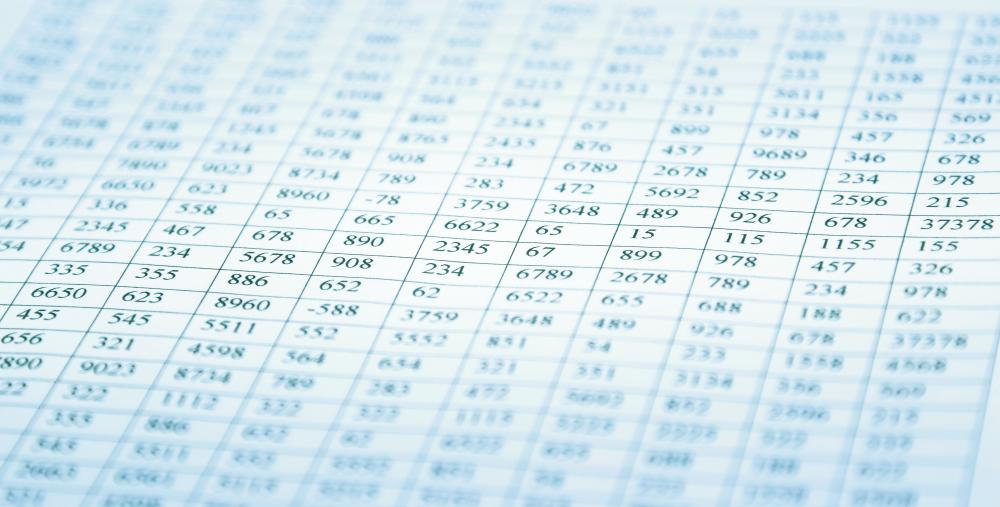At WiseGEEK, we're committed to delivering accurate, trustworthy information. Our expert-authored content is rigorously fact-checked and sourced from credible authorities. Discover how we uphold the highest standards in providing you with reliable knowledge.
What is an Affinity Diagram?
An affinity diagram is a method for organizing ideas, data, and concepts in a meaningful way to help people process them. In group work, affinity diagrams can be critical for soliciting input from all members of the group and organizing the information in a productive and useful way. This method can be useful in business as well as when people are preparing to write research papers, design scientific experiments, and engage in other activities.
A Japanese anthropologist, Kawakita Jiro, first developed the affinity diagram, and some people refer to this technique as the KJ method, referencing him. The first step is to write down concepts on note cards, or for people making an affinity diagram on a computer, to use a program capable of generating movable sticky notes or tiles to record the information. In a group, people should not talk during this process.

People start with a prompt so they know what kind of information they should be thinking about. For example, an advertising company might ask members of a team to think about a new ad campaign for a car company. Members of the team would note down thoughts about the company's current image and branding, the product lineup, and any other topics that come to mind.
Once a stack of cards with ideas on them is available, people can start linking like with like to create an affinity diagram. In groups, people don't talk during this process, and move cards or notes around silently to create a series of related clusters. In cases where information seems to belong in multiple clusters, second copies of the original card can be made to fit them into the new cluster. Each group of related items can have a header to sum up the contents, and the end result will be a series of grouped items.
Groups may use the affinity diagram to split up tasks, assigning each group of cards to a committee so they can work with them. When individuals are using an affinity diagram, the clusters can help them organize their thoughts and develop a plan for moving forward with a project. They can sort the groups by priority or timing; in an experiment, for example, the cards pertaining to how to objectively evaluate the results would go at the end, while the cards on experimental design come first, because the researcher needs to come up with a plan for the experiment to get started.
This can also be useful for tasks like data processing, where raw data may be overwhelming and can be more digestible when broken into smaller chunks. The affinity diagram will allow people to identify patterns and areas of interest that might not otherwise be apparent.
AS FEATURED ON:
AS FEATURED ON:











Discuss this Article
Post your comments